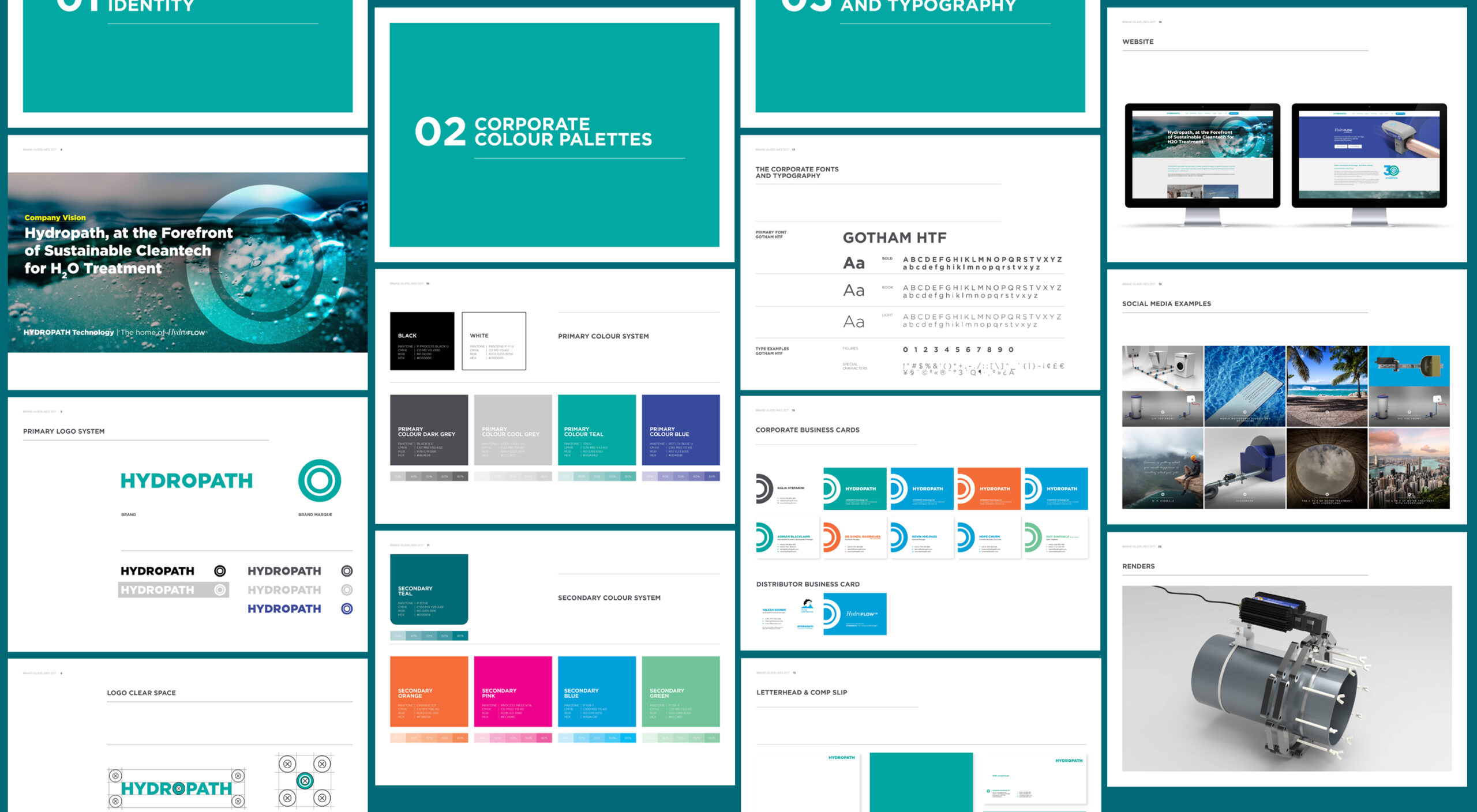5 Key Strategies for Elevating Your Manufacturing Business with Brand Design
Introduction
In the highly competitive manufacturing industry, establishing a strong brand identity is crucial for distinguishing your products, building customer trust, and driving business growth. Brand design goes beyond mere aesthetics; it encapsulates your company’s values, mission, and the quality of your offerings. This article explores the significance of brand design for manufacturing businesses and outlines strategies to leverage it for your advantage.
Understanding Brand Design
What is Brand Design?
Brand design is the comprehensive process of creating visual and experiential elements that define your company’s image in the marketplace. It encompasses logo design, color schemes, typography, packaging, and the overall user experience. A well-crafted brand design communicates your business’s core values and promises to your audience at a glance.
Elements of Brand Design
The foundation of brand design lies in its ability to convey a message without words. Elements like colours, shapes, and fonts play pivotal roles in eliciting emotions and setting expectations about your brand’s quality and ethos.
The Role of Brand Design in Manufacturing
Differentiating Products in a Competitive Market
In a sector flooded with similar offerings, a unique brand design sets you apart, enabling customers to easily recognize and prefer your products over competitors’.
Building Trust with B2B Clients
A professional and cohesive brand design fosters credibility and trust among B2B clients, who are more likely to engage in long-term partnerships with brands that present a strong and reliable image.
Key Considerations for Manufacturing Brands
Aligning Brand Design with Business Objectives
Your brand design should reflect your business objectives, targeting the right audience with the right message. It’s about aligning visual elements with your company’s goals to create a coherent identity.
Consistency Across All Touchpoints
Consistency in brand design across all customer touchpoints, from product packaging to digital presence, reinforces brand recognition and loyalty.
The Process of Developing a Brand Design
Research and Analysis
Understanding your market, competitors, and target audience is the first step in developing a brand design that resonates and engages effectively.
Concept Development
This phase involves brainstorming and conceptualising the visual and thematic aspects of your brand, ensuring they align with your company’s vision and values.
Design Execution
The execution phase brings your brand design to life, crafting the visual assets and guidelines that will define your brand’s public face.
Implementing Your Brand Design
Internal Branding
Before introducing your brand design externally, ensure your employees understand and embrace it. Internal branding is crucial for delivering a consistent brand experience.
External Branding
Apply your brand design consistently across all external platforms, including packaging, marketing materials, and digital channels, to solidify your brand identity.
Digital Presence
In today’s digital age, a strong online presence is indispensable. Your website, social media, and online marketing should reflect your brand design cohesively.
Case Studies of Successful Manufacturing Brands
We’ll explore examples of manufacturing businesses that have successfully leveraged brand design to achieve remarkable growth and market differentiation.
Hydropath Technology
Hydropaths’s HydroFLOW technology is a revolutionary clean tech solution that is used worldwide to condition water in a cost-effective, energy-efficient, and environmentally friendly way. The technology eliminates the need for chemicals, reduces scaling and corrosion, and prolongs the lifespan of equipment, resulting in cost savings for domestic and commercial customers.
Objectives
With best-in-class innovation and leading products in global markets for over 30 years, Hydropath’s proposition, brand and marketing had become diluted and fragmented overtime.
Uncovering the heart of the company, I led the rebranding and relaunch of the HydroFLOW product line and corporate identity, resulting in a cohesive and impactful global marketing presence. Through insightful discussions with key stakeholders and worldwide partners, I gained a deep understanding of the business, its challenges and goals, as well as the unique ways each partner leverages marketing in their respective markets. This informed the creation of a compelling brand proposition.
Outcome
Having accomplished significant brand and marketing milestones, I continue working closely with the managing director, marketing team, and global partners to drive Hydropath’s success through impactful brand, design, and digital initiatives aligned with the company’s critical strategic and commercial objectives.


Plastribution Group
MD Mike Boswell approached us for a rebrand to better communicate how Plastribution collaborates with manufacturing clients on their injection moulding, extrusion and blow moulding challenges.
We took the time to understand Plastribution, its customers and the polymers market, to identify the core pillars of expertise, innovation and process which differentiate the business.
As well as designing a visual brand identity and creating a tone of voice to re-position Plastribution as a credible partner for manufacturers across sectors including automotive, construction and healthcare, we developed a sub-brand, Know-How for a range of publications and resources to firmly establish Plastribution as a thought-leader in the plastics industry.
Trends in Manufacturing Brand Design
Sustainable and Eco-friendly Branding
Sustainability is becoming increasingly important to consumers. Manufacturing brands are incorporating green initiatives into their brand design to reflect their commitment to the environment.
Digital and Interactive Elements
Incorporating digital and interactive elements into brand design, such as AR experiences and digital storytelling, enhances customer engagement and brand perception.
Challenges and Solutions
Overcoming Common Brand Design Challenges
Manufacturing businesses often face challenges like outdated branding or lack of cohesion across products. Addressing these challenges requires a strategic approach to brand redesign and consistent application.
Leveraging Technology for Brand Design Innovation
Technology offers new avenues for brand design innovation, from 3D printing for unique packaging to AI-driven customer insights for personalized experiences.
The Future of Brand Design in Manufacturing
As we look ahead, brand design in the manufacturing sector will continue to evolve, driven by technological advancements, changing consumer expectations, and the increasing importance of sustainability.
Conclusion
Brand design is not just an aesthetic choice for manufacturing businesses; it’s a strategic tool that can significantly impact your company’s perception, customer loyalty, and overall success. By understanding and implementing the principles of effective brand design, manufacturing businesses can position themselves strongly in a competitive market.
If you would like more information on branding for your manufacturing business, please contact me.



